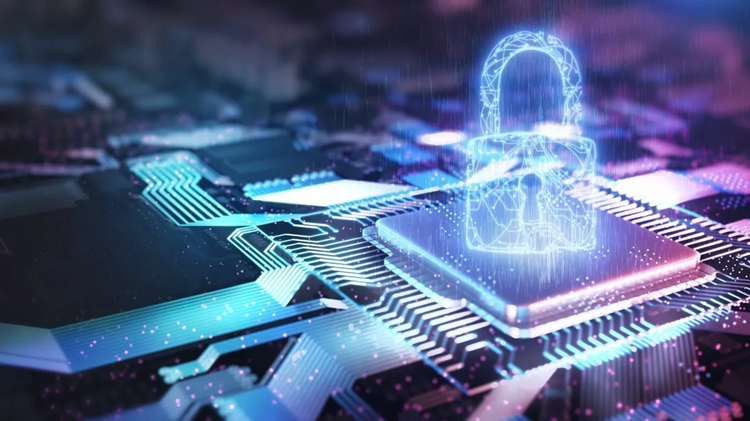In today's digital age, cyber security is paramount for individuals, businesses, and organizations alike. With the proliferation of technology, the threat landscape has evolved, making it imperative to understand what cyber security entails and the best practices to mitigate risks.
Defining Cyber Security
Cyber security encompasses a range of practices, technologies, and processes designed to protect networks, devices, programs, and data from unauthorized access, attacks, and damage. It's a multidimensional approach aimed at safeguarding against a variety of threats, including malware, phishing, ransomware, and data breaches.
Key Components of Cyber Security
- Network Security: This involves securing the network infrastructure to prevent unauthorized access and ensure data confidentiality, integrity, and availability.
- Endpoint Security: Protecting individual devices such as computers, smartphones, and tablets from malicious activities and unauthorized access.
- Application Security: Ensuring that software applications are designed, developed, and maintained securely to prevent vulnerabilities that could be exploited by attackers.
- Data Security: Implementing measures to protect sensitive data from unauthorized access, theft, or corruption.
- Identity and Access Management (IAM): Managing user identities and controlling their access to resources to prevent unauthorized usage or data breaches.
- Security Awareness Training: Educating users about cyber security best practices to reduce the risk of human error leading to security incidents.
Best Practices for Cyber Security
1. Conduct Regular Risk Assessments
Understanding your organization's risk profile is crucial for developing an effective cyber security strategy. Conduct regular assessments to identify vulnerabilities, threats, and potential impact on business operations.
2. Implement Strong Access Controls
Limit access to sensitive systems and data to only authorized personnel. Utilize multi-factor authentication (MFA) and strong password policies to enhance access controls and prevent unauthorized entry.
3. Keep Software and Systems Updated
Regularly patch and update software applications, operating systems, and firmware to address known vulnerabilities and protect against exploits. Implement automated patch management systems to streamline the update process.
4. Employ Robust Endpoint Protection
Deploy endpoint protection solutions such as antivirus, anti-malware, and firewalls to detect and block malicious activities on individual devices. Utilize endpoint detection and response (EDR) capabilities to proactively identify and respond to security incidents.
5. Encrypt Sensitive Data
Encrypt sensitive data both in transit and at rest to protect it from unauthorized access. Utilize strong encryption algorithms and key management practices to safeguard confidential information.
6. Establish Incident Response Plans
Develop and regularly test incident response plans to ensure a swift and coordinated response to cyber security incidents. Define roles and responsibilities, establish communication channels, and outline steps for containing, mitigating, and recovering from breaches.
7. Provide Ongoing Security Training
Educate employees about cyber security risks, threats, and best practices through regular training sessions and awareness campaigns. Foster a culture of security consciousness to empower staff to recognize and report suspicious activities.
Conclusion
In conclusion, cyber security is a critical aspect of modern business operations, requiring a comprehensive approach to protect against evolving threats. By understanding the definition of cyber security and implementing best practices such as conducting risk assessments, employing robust access controls, and providing ongoing security training, organizations can enhance their resilience to cyber attacks and safeguard their valuable assets.





0 comments:
Post a Comment